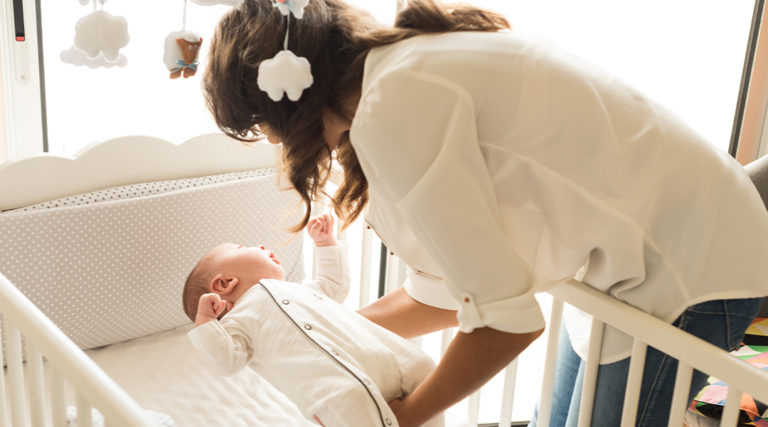Kids
8 Ways to Create a Safe Sleep Environment for Your Baby
Babies less than a year old are more at risk for SIDS. Here’s how you can create a safe sleeping space for them.
Despite a recent breakthrough that may help doctors detect babies who are more at risk of Sudden Infant Death Syndrome (SIDS), parents should always strive to create a safe and healthy sleeping space for their children—especially if they’re less than a year old. If you’re a first-time mom or dad and are not sure where to start, here are ways to create a safe sleep environment for your baby.
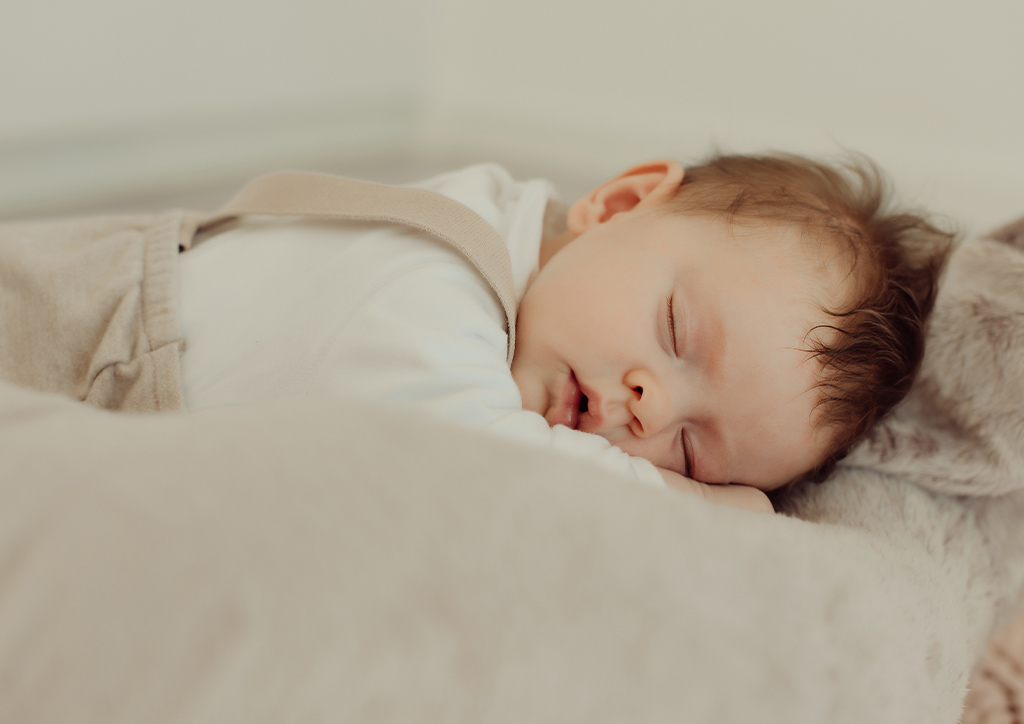
1. Let your baby sleep in the same room as you but in a crib or bassinet
Place your baby’s crib or bassinet close to your bed. The American Academy of Pediatrics (AAP) highly recommends this because it can decrease the risk of SIDS by as much as 50%. It’s also much safer compared to sharing a bed with your baby. Moreover, this setup is ideal for feeding, comforting, and watching your baby.
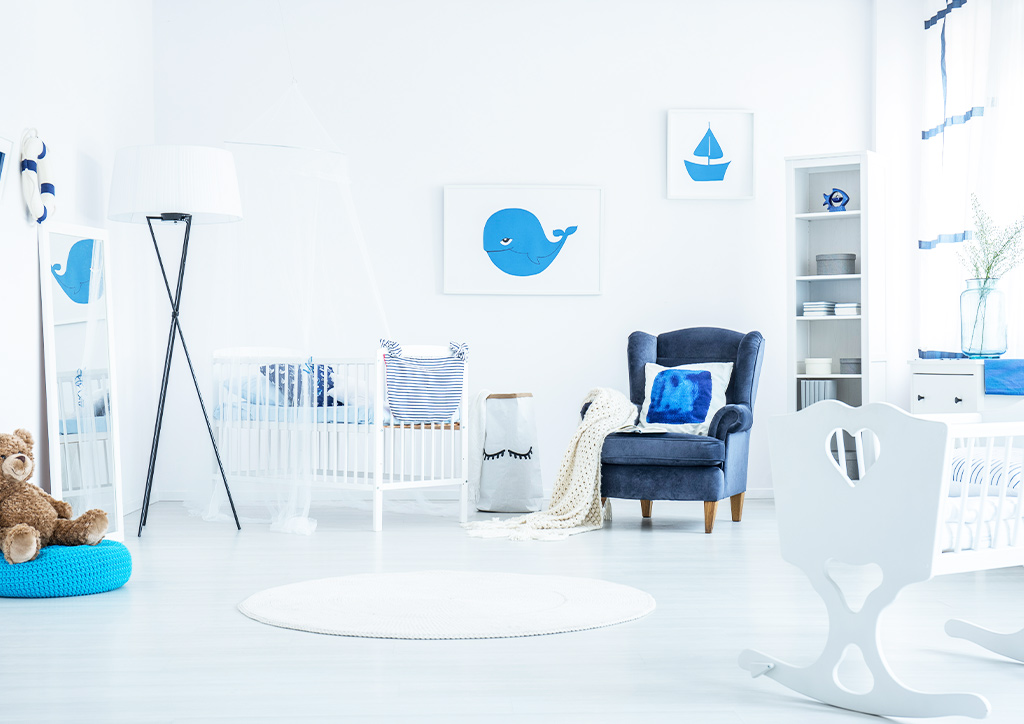
2. Invest in a firm mattress with only a fitted sheet
If your crib doesn’t come with its own mattress, it’s easy to have one customized. Brands like Uratex and Tiny Winks PH are familiar with different crib sizes and can customize the right mattress for your baby’s safe sleeping space. These are hypoallergenic and approved by pediatric therapists. Moreover, Tiny Winks can customize fitted sheets for your made-to-order mattress.
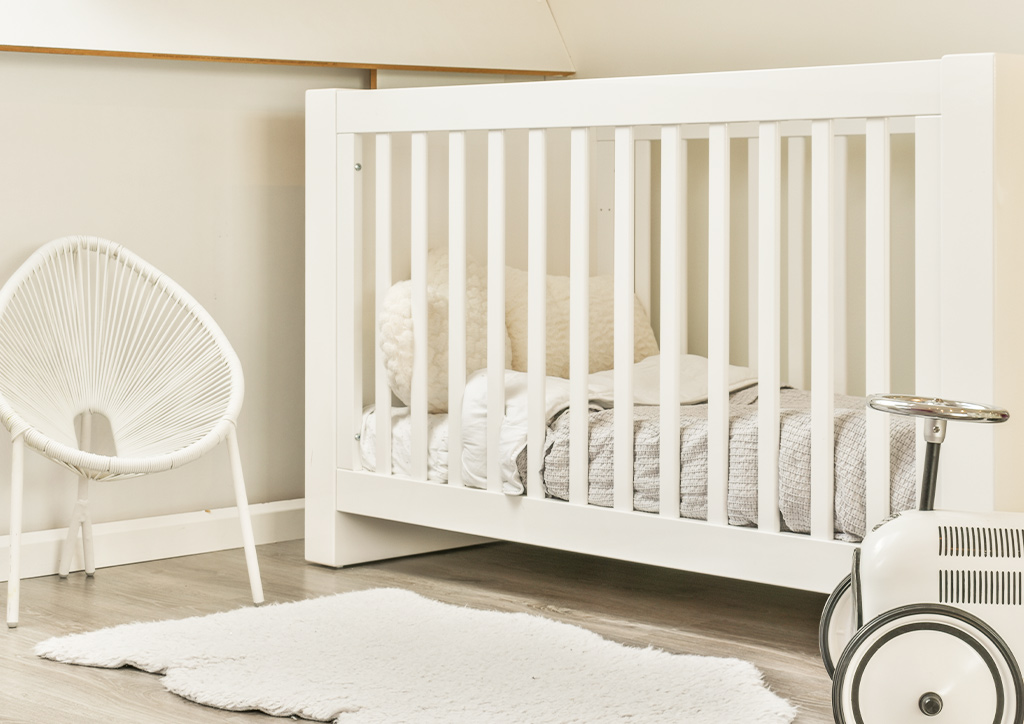
4. Do not put pillows, blankets, or toys beside your baby
Loose objects like blankets, pillows, toys, and bumper pads can increase the risk of entrapment, suffocation, or strangulation. To keep your baby warm and comfortable, as well as maintain a safe sleeping space, you can use a swaddle or wearable blanket instead.
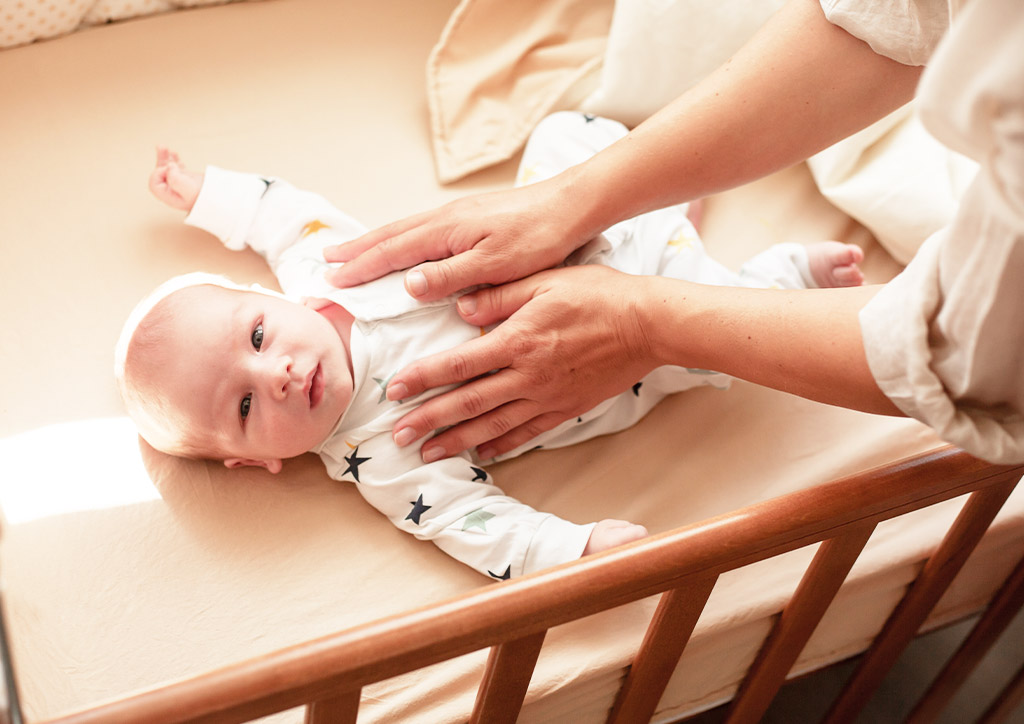
5. Your baby should only sleep on their back during the first year
Babies who sleep on their backs are less likely to die of SIDS than babies who sleep on their stomachs or sides. However, the problem with the side position is that the baby can roll more easily onto the stomach. Some babies roll onto their stomachs early. When they do, you should always place your baby to sleep on the back. But if your baby is comfortable rolling both ways (back to tummy and tummy to back), then you do not have to return your baby to the back. But be sure there are no blankets, pillows, stuffed toys, or bumper pads around. This is so that your baby does not roll into any of these items—which could block airflow.

6. Dress your baby appropriately for safe sleep
Many experts recommend that a baby should be dressed with only one layer more than what you are wearing. Avoid making them wear bonnets or thick, long-sleeved pajamas that might make them overheat and have a difficult time breathing. On the other hand, make sure that the room isn’t too cold. An ideal temperature would be about 24 degrees. For babies who don’t know how to roll yet, a swaddle will do. But if your baby has started rolling, their hands should be free—so let them wear a wearable blanket instead. There are many options from Love to Dream and Halo.
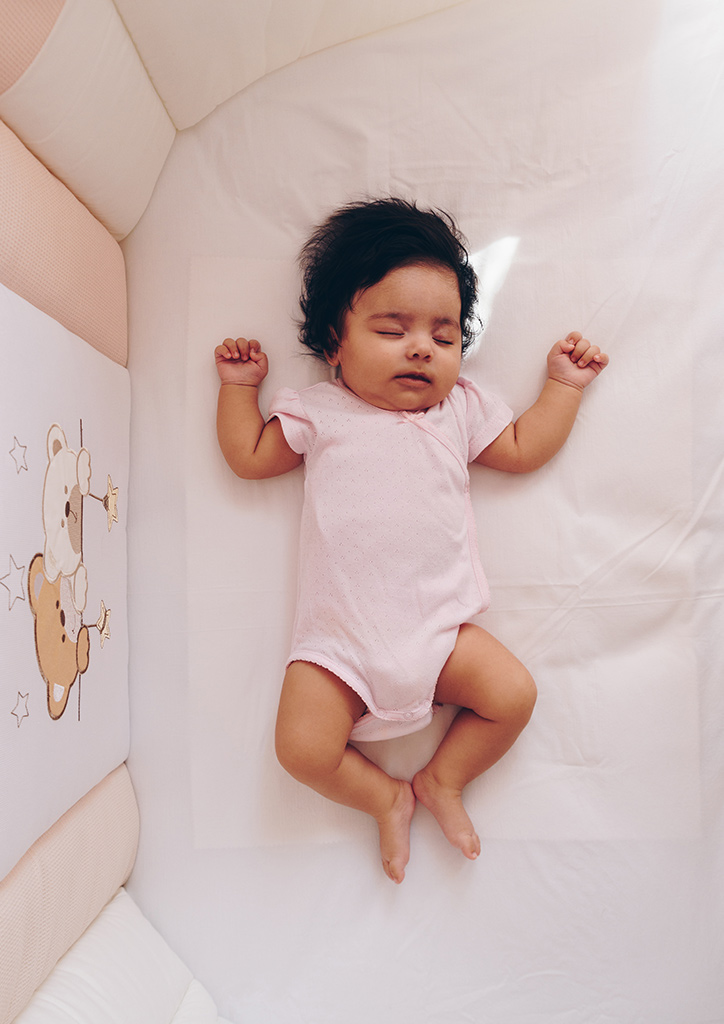
7. Refrain from smoking
In addition, keep your baby away from smokers and places where people smoke. It’s also important to keep your car and home smoke-free.
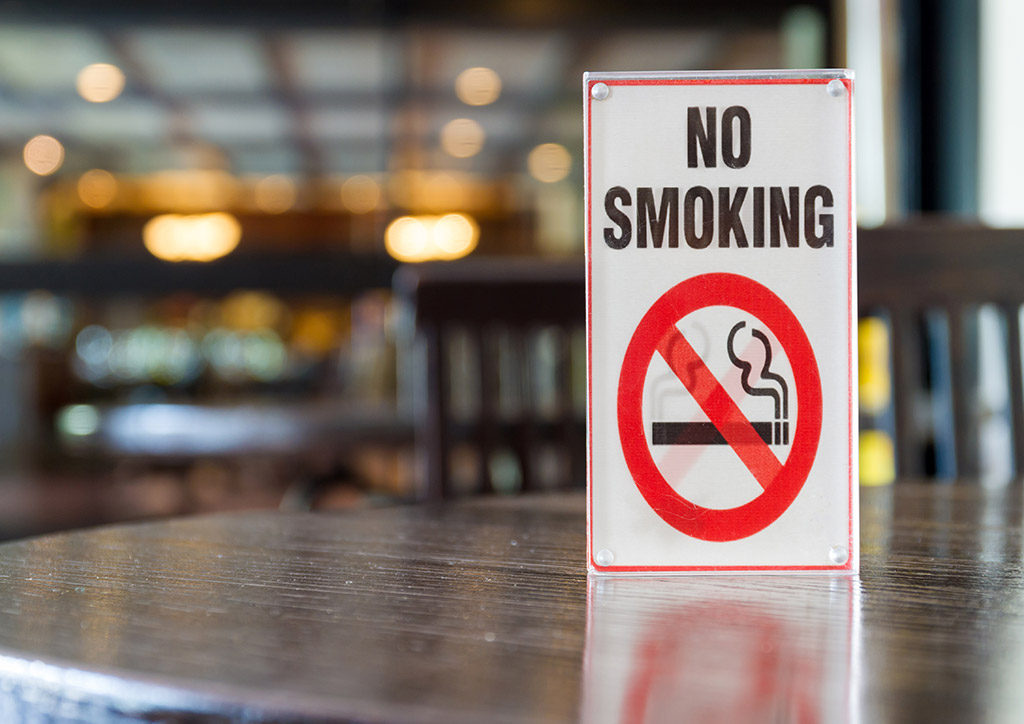
8. Breastfeed your baby
Though breastfeeding is a difficult journey for many mothers, powering through can help lessen your child’s risk of SIDS. Breastfeeding fights infection, is kinder to tiny airways, and reduces reflux, too.
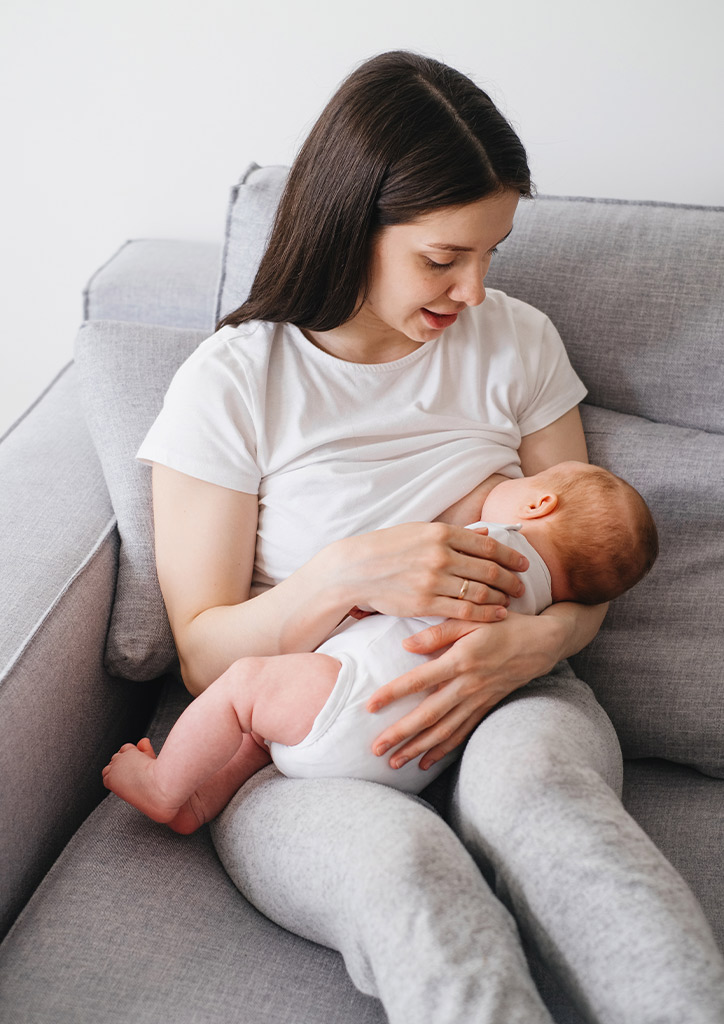
A safe space for sleep can result in a happy and well-rested baby
A baby who feels safe in his or her sleeping environment can get quality sleep and can also sleep longer. This results in a happy and well-rested baby! Not to mention—a well-rested parent.
More sleep-related stories on Modern Parenting:
Sleep Training Your Baby: The Importance of Sleep According to a Sleep Consultant
10 Tips for Parents to Get Proper Sleep
5 Easy Ways on How to Make Kids Sleep In Their Beds
